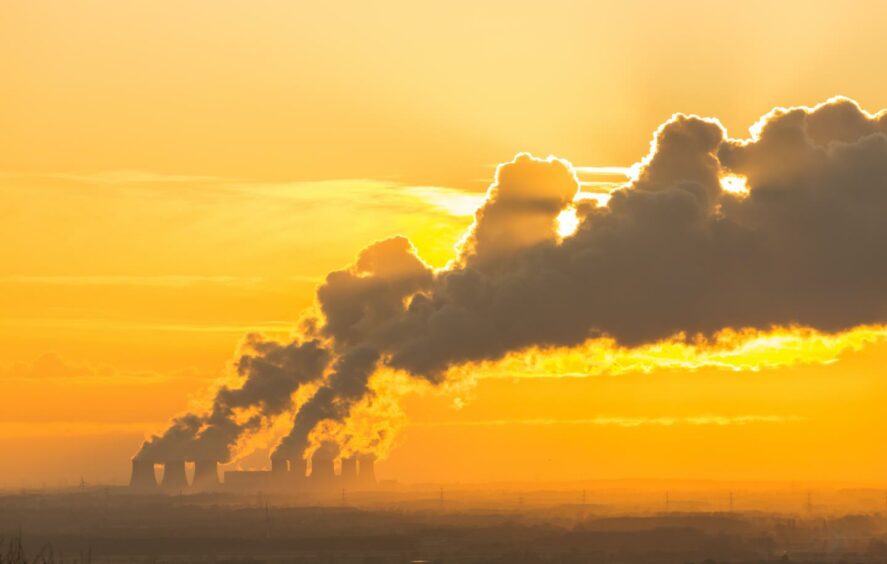
“Affordable, clean and above all secure” are attributes the British government would want to characterize its power supply with.
For years, the British government has been working on diversifying its energy sources to ensure the security of supply. The expansion of gas fired electricity production in the 1980s and 1990s was a cornerstone to that strategy. Thus, in the last 32 years, consumption of natural gas and primary electricity has risen considerably while the consumption of coal has ebbed.
Gas constituted 41.9% of the UK’s inland power consumption in 2020. In addition, oil constituted 31.2%, bioenergy and waste 11%, nuclear 12.5% and coal 3.4%. It is estimated that around 52% of all the UK’s gas imports came from Norway in Q2-22 through five pipelines. The country has two other pipelines that lead through the Netherlands and Belgium. On top of that, Qatar supplied the country with around 9% of its gas imports through LNG tankers.
In 2015, the government committed to phasing out coal fired generation completely by 2024, driving forward renewable power generation with a decarbonized power system by 2035. Investments in nuclear and wind power generation hiked, while wind power generation in the UK increased by 715% from 2009 to 2020 according to the Office for National Statistics.
Fracking was banned in the UK in 2019 after the then UK Oil and Gas Authority (OGA) published a report concluding the risks of the practice in connection to the unpredictability of tremors associated with it.
The geopolitical landscape encompassing the war in Ukraine, and consequent gas supplies cut-off to Europe were not seen as a question of security of supply the UK, but merely a question of high prices.
Unlike European neighbours, the country is in no way dependent on gas supplies from Russia. It is, however, dependent on interconnectors with Continental Europe. Therefore, disruptions to energy supplies in neighbouring countries including France, Belgium, and the Netherlands send chills to the British energy mix.
France has been in a particularly dire shape. Electricite de France (EDF) announced in January 2022 the suspension of activities at some reactors of its nuclear fleet due to discovery of cracks in the infrastructure. Plant closures in addition to unprecedented heatwaves over this summer weighed on the total capacity and in August alone, the capacity trended at -38% YoY.
France has been one of the critical energy exporters to the UK. In 2021, France exported 19.7 TWh of electricity to the United Kingdom. The amount is seen to drop this year adding to the wider energy mix woes.
Energy prices in the UK, along with their European peers, reached unprecedented levels over the summer. The benchmark NBP gas contract for the month ahead reached as high as 663 p/th in March 2022. With it, power prices lifted to record highs too, the month ahead power contract traded September this year at £580/MWh.
Along with energy prices, the cost of emitting CO2 for installations covered by the UK emissions trading system (UKETS) also soared to just short of the £100 mark, increasing the cost burden on aching businesses.
Contrary to the affirmation of supply security, the OFGEM has warned earlier this week that the country faces significant risk of gas shortages over this winter. The country could therefore, face a gas emergency that could lead to insolvencies across the board.
The sky-high energy prices have triggered a plethora of measures including subsidies as well as backpedalling on climate action, ie. allowing the recent return of fracking. Truss’ government announced in September a package that will provide £40 billion in support to energy companies in addition to capping household energy bills. The measures are meant to tame inflation and help citizens survive the winter as the cold bites.
Recent measures leave plenty of questions open and create more ambiguity about the UK’s energy and climate policy. Will the country increase its consumption of oil and coal with the fear that other capacities are compromised? How are the subsidies interacting with the country’s monetary policy? What is the country’s plan to finance this debt? And for how many years will the effects last?
Author
Finlay Walker
Recommended for you
